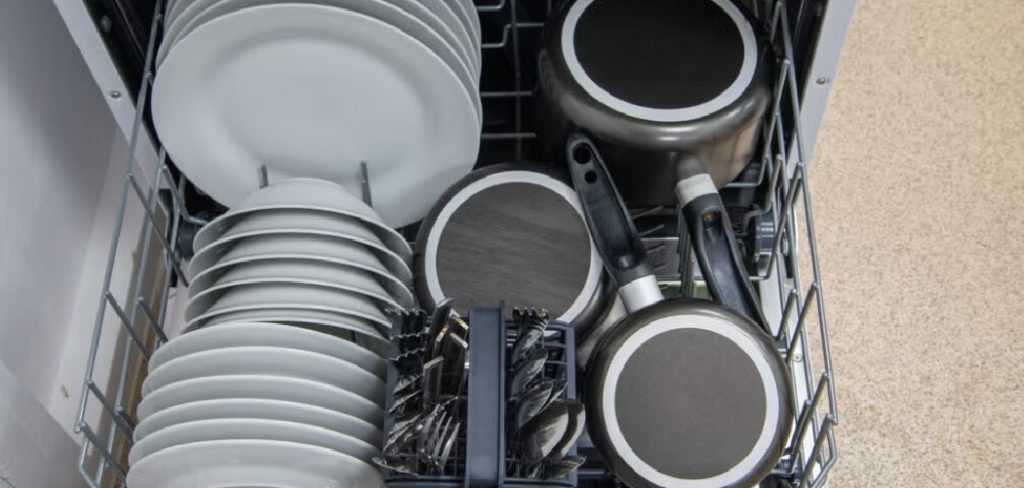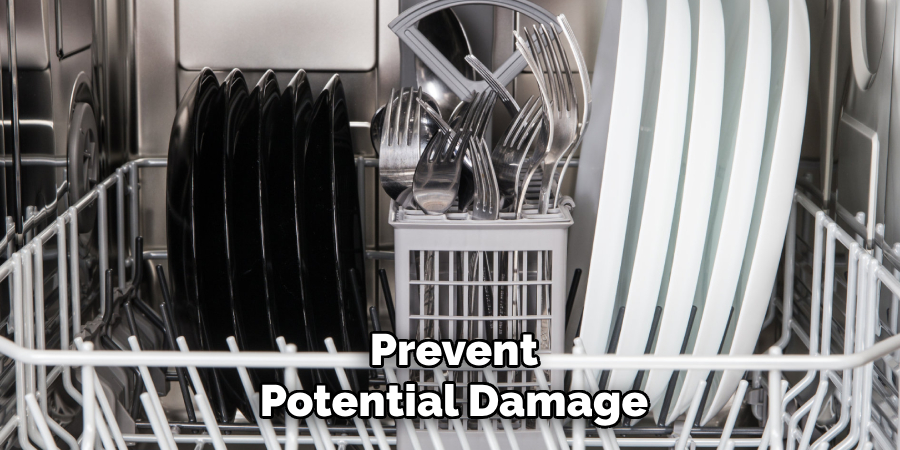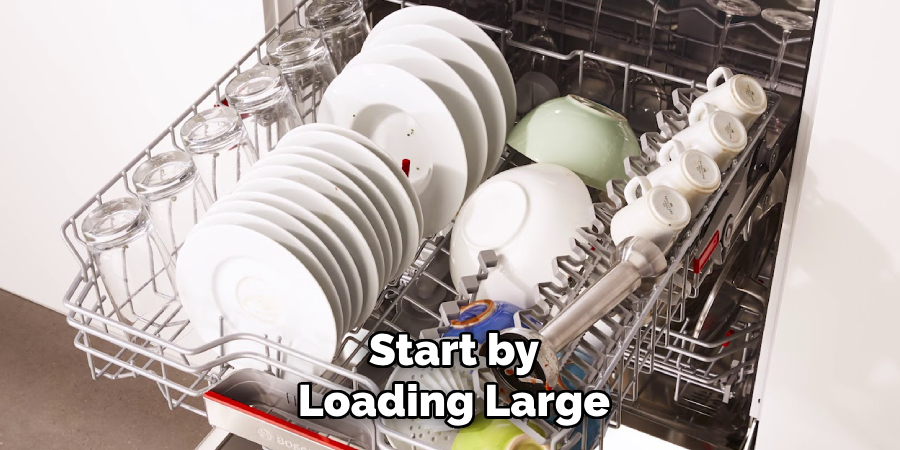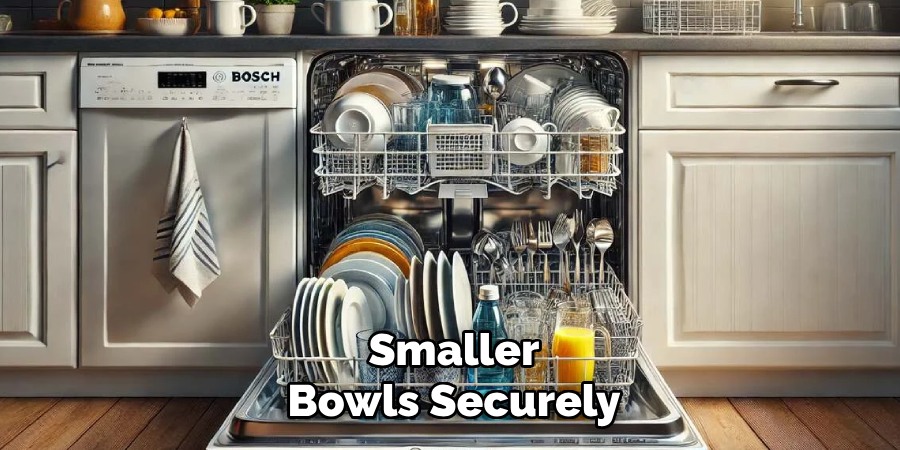Properly loading your Bosch dishwasher is essential to ensure optimum cleaning performance and prevent potential damage to your dishes and the appliance itself. By following a few simple guidelines, you can maximize the dishwasher’s efficiency and maintain the longevity of your machine.

This guide on how to load bosch dishwasher will walk you through the process of correctly organizing your dishes, utensils, and cookware to achieve sparkling clean results every time.
Understanding Bosch Dishwasher Racks
Bosch dishwashers are equipped with versatile and adjustable racks designed to accommodate a wide variety of dishware and utensils. The upper rack is typically meant for cups, glasses, and smaller items such as bowls. Many Bosch models feature height-adjustable upper racks, allowing you to create extra space for tall items on the lower rack when needed. The lower rack is ideal for larger items like plates, pots, pans, and serving dishes.
Meanwhile, the third rack (available in select models) provides additional space for utensils, silverware, and small kitchen tools, ensuring optimal organization and thorough cleaning. Properly utilizing these racks not only prevents overcrowding but also ensures that water and detergent effectively reach all surfaces for the best cleaning results.
8 Step-by-step Guides on How to Load Bosch Dishwasher
Step 1: Read the User Manual
Before you start loading your Bosch dishwasher, take a moment to read the user manual that came with your appliance. The manual provides specific instructions and recommendations tailored to your dishwasher model, including guidance on rack adjustments, loading configurations, and care tips.
Familiarizing yourself with this information ensures that you use your dishwasher effectively and avoid damaging delicate items or the machine itself.
Step 2: Scrape off Excess Food Debris
To avoid clogging your dishwasher and risking poor cleaning results, scrape off any visible food debris from your dishes before loading them into the machine.
This step also prevents bits of food from settling onto other items during the wash cycle, ensuring that everything comes out clean and residue-free.

Step 3: Load the Bottom Rack First
Start by loading large, heavy items such as pots and pans on the bottom rack. Place them upside down to allow water to reach inside for thorough cleaning.
Be mindful not to block the spray arms or impede their rotation with oversized items.
Step 4: Load Plates Vertically
Place plates vertically on the bottom rack, facing towards the center for efficient water circulation.
This arrangement prevents nesting and ensures that all surfaces receive equal exposure to water and detergent.
Step 5: Load Cups and Glasses on the Upper Rack
Arrange cups, glasses, and smaller bowls securely on the upper rack. Place them upside down to allow water to drain properly and prevent pooling. Use the designated tines or holders to keep items stable during the wash cycle, reducing the risk of damage.
Ensure that items are spaced apart slightly to avoid contact and enable water and detergent to flow freely between them for optimal cleaning. If your Bosch dishwasher has an adjustable upper rack, you can raise or lower it as needed to accommodate taller items.
Step 6: Load Silverware in the Third Rack or Utensil Basket
If your Bosch dishwasher has a third rack, use it to load silverware and utensils. This allows for better organization and prevents items from nesting together, ensuring thorough cleaning. If you have an older model without a third rack, use the designated utensil basket on the bottom rack instead.
The best way to load silverware is to place it with the handles facing down for safety reasons. However, some Bosch models have a designated spot for loading utensils with the handle up – refer to your user manual for guidance.
Step 7: Load Delicate Items on the Top Rack
Place delicate items such as plastic containers and lightweight cookware on the top rack to avoid damage from hot water and heavy plates on the lower racks.
Ensure that these items are securely positioned and do not block the spray arms or detergent dispense area.
Step 8: Check for Overcrowding
Lastly, do a quick check for overcrowding before starting your dishwasher. Loading too many items or arranging them too closely together can hinder water flow and impede the cleaning process. If necessary, remove some items or rearrange them to ensure optimal spacing and proper water circulation.
Following these steps on how to load bosch dishwasher will help you load your Bosch dishwasher correctly and efficiently for the best cleaning results. Remember to always refer to your user manual for specific instructions and recommendations tailored to your machine model. With proper loading techniques, you can enjoy sparkling clean dishes with every wash cycle!

Cleaning and Maintenance Tips
Proper cleaning and maintenance of your Bosch dishwasher are essential to keep it running smoothly and efficiently for years to come. Here are some tips to help you maintain your appliance:
Clean the Filter Regularly
The dishwasher filter collects food particles and debris during the wash cycle. To maintain optimal performance, it is important to clean the filter regularly. Refer to your user manual for instructions on how to remove and clean the filter.
Run a Clean Cycle Occasionally
Over time, dishwasher residue can build up in the machine’s interior and affect its performance. Running a clean cycle with a specialized dishwasher cleaner helps remove any buildup and keeps your appliance running at its best. Check your user manual for specific recommendations on how often to run a clean cycle.
Inspect and Clean Spray Arms
The spray arms are essential for distributing water and detergent throughout the dishwasher during the wash cycle. Inspect them regularly for any clogs or blockages and clean them if necessary. Refer to your user manual for instructions on how to remove and clean the spray arms.
Wipe Down the Exterior
To keep your Bosch dishwasher looking its best, wipe down the exterior with a soft cloth and mild cleaner regularly. Avoid using abrasive cleaners or scrubbers, which can damage the machine’s finish.
Check for Leaks
Inspect your dishwasher regularly for any leaks or signs of water damage. If you notice any issues, contact a professional technician to assess and repair the problem.
Additional Tips for Optimal Dishwasher Loading
- Always refer to your user manual for specific loading instructions tailored to your Bosch dishwasher model.
- Avoid stacking items on top of one another whenever possible.
- Do not place sharp knives or utensils with sharp edges facing upwards to prevent potential injury when unloading.
- Never load flammable, corrosive, or volatile.
- Do not overload the third rack or utensil basket, as this can hinder water flow and cleaning efficiency.
- Regularly clean your dishwasher to prevent buildup of food debris and maintain optimal performance.

By following these tips on how to load bosch dishwasher and using your Bosch dishwasher racks effectively, you can achieve sparkling clean dishes every time. Remember to also use high-quality detergent and run regular maintenance checks on your dishwasher for optimal performance. Happy loading!
Frequently Asked Questions
Q: Can I Place Plastic Items on the Bottom Rack?
A: It is not recommended to load plastic items on the bottom rack as they may get damaged by the heat from the dishwasher’s heating element. Instead, place them securely on the top rack. The bottom rack is better suited for heavy and sturdy items such as pots and pans.
Q: Can I Load Knives in the Dishwasher?
A: Yes, you can load knives in the dishwasher. However, for safety reasons, it is best to place them with the handle down or in a designated utensil holder to avoid potential injury when unloading.
Q: How Often Should I Clean My Dishwasher?
A: It is recommended to clean your dishwasher once a month to remove any buildup of food debris and maintain optimal performance. Refer to your user manual for specific cleaning instructions for your Bosch dishwasher model. Remember to also check and clean the filters regularly for efficient water circulation.
If you notice any issues with your dishwasher, contact a professional for maintenance and repairs. Keep your dishwasher in top condition to ensure clean and sanitized dishes every time.
Q: Can I Use Regular Dish Soap in My Bosch Dishwasher?
A: No, regular dish soap is not suitable for use in a dishwasher. It can create excessive suds and cause damage to the machine’s internal parts. Always use a high-quality dishwasher detergent specifically designed for dishwashers. Refer to your user manual fo specific detergent recommendations for your Bosch dishwasher model.
Q: How Can I Prevent Spots on My Dishes?
A: To prevent spots on dishes, use a high-quality rinse aid and make sure to properly load the dishwasher with enough spacings between items for proper water circulation.

Also, avoid using too much detergent as it can leave behind residue that can cause spots on dishes. If you continue to experience spots on dishes, consider using a specialty detergent designed to fight hard water stains. Additionally, regularly cleaning and maintaining your dishwasher will also help prevent spots on dishes and keep them looking clean and shiny.
Conclusion
Proper loading techniques are crucial for achieving optimal cleaning results with your Bosch dishwasher.
By following the steps outlined in this guide on how to load bosch dishwasher, along with additional tips and FAQs, you can load your dishwasher effectively and efficiently to enjoy sparkling clean dishes every time. Remember to also refer to your user manual for specific instructions tailored to your machine model. Happy dishwashing!
Professional Focus
Angela Ervin, a former interior designer turned blogger, specializes in kitchen design and renovations. Through her website, she blends her passion for cooking with design expertise, sharing practical and creative ideas. Known for balancing functionality and beauty, Angela’s insightful content has made her a trusted voice in home design and lifestyle.
About the Author
Angela Ervin, an experienced interior designer and blogger, combines her passion for kitchen renovations with storytelling. Living in Petersburg with her family, she enjoys cooking and testing her projects firsthand. Known for her humor and relatable style, Angela shares creative, functional design insights through her content, making her a trusted voice in home design.
Education History
University: Virginia Commonwealth University
Degree: Bachelor of Fine Arts (BFA) in Interior Design
- Angela’s education at VCU focused on mastering core interior design principles, including spatial planning, color theory, materials selection, and sustainable design practices.
- She gained hands-on experience through studio projects and collaborative design exercises, which honed her ability to create functional and aesthetically pleasing environments.
- Her coursework also emphasized problem-solving and practical applications of design, preparing her for real-world projects like her self-directed kitchen renovations.
- The program’s strong foundation in both technical skills and creative expression shaped Angela’s ability to seamlessly integrate form and function in her work.
